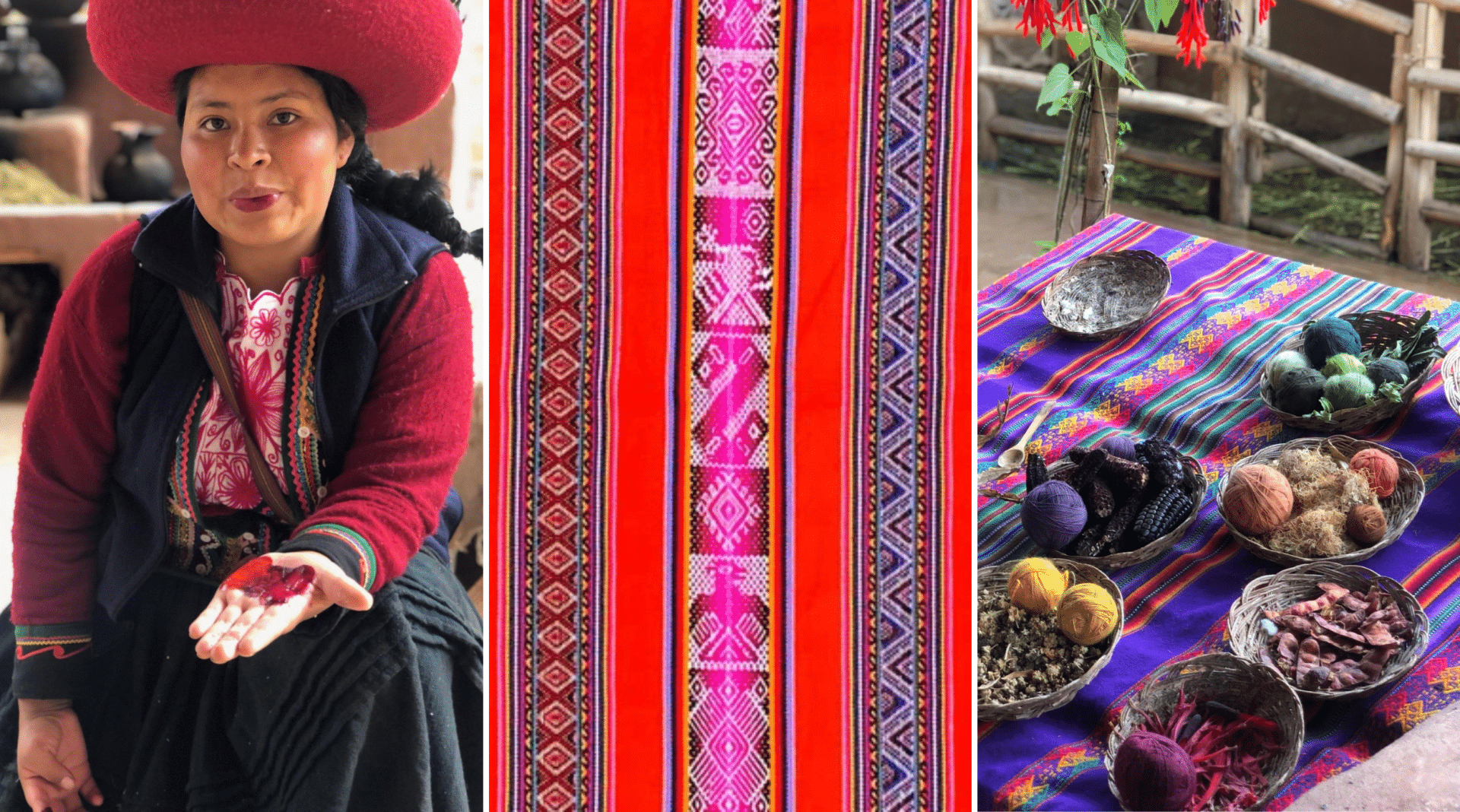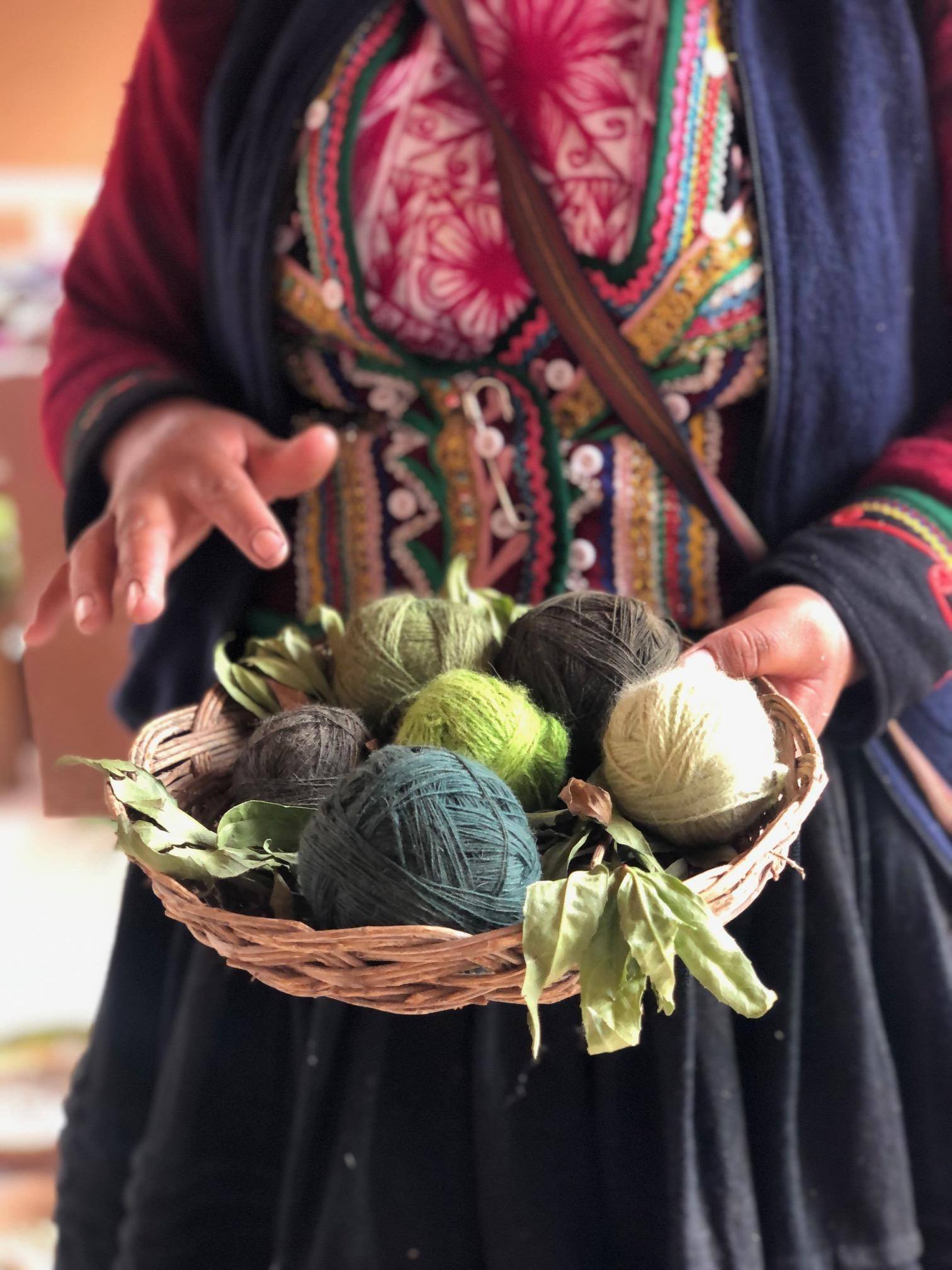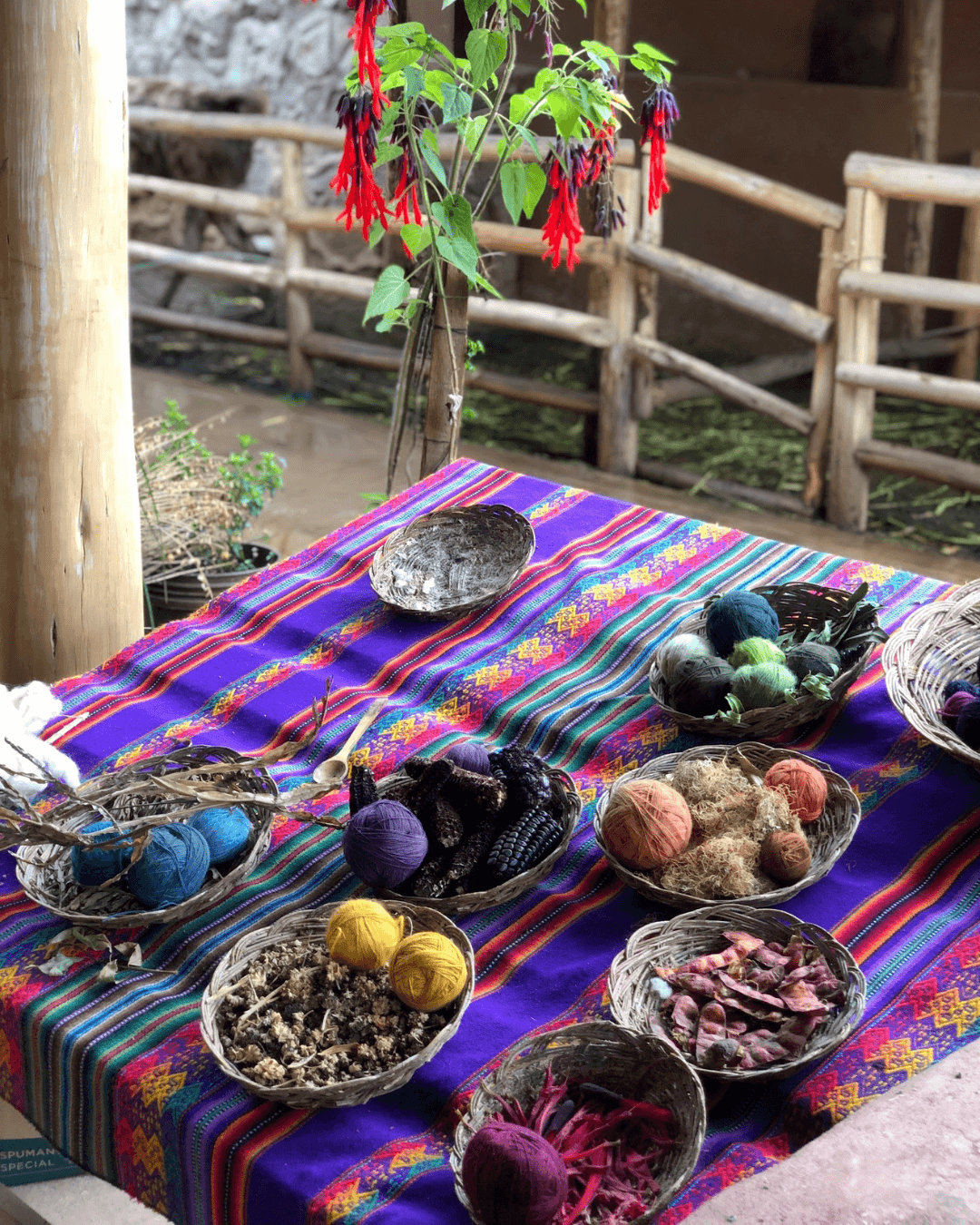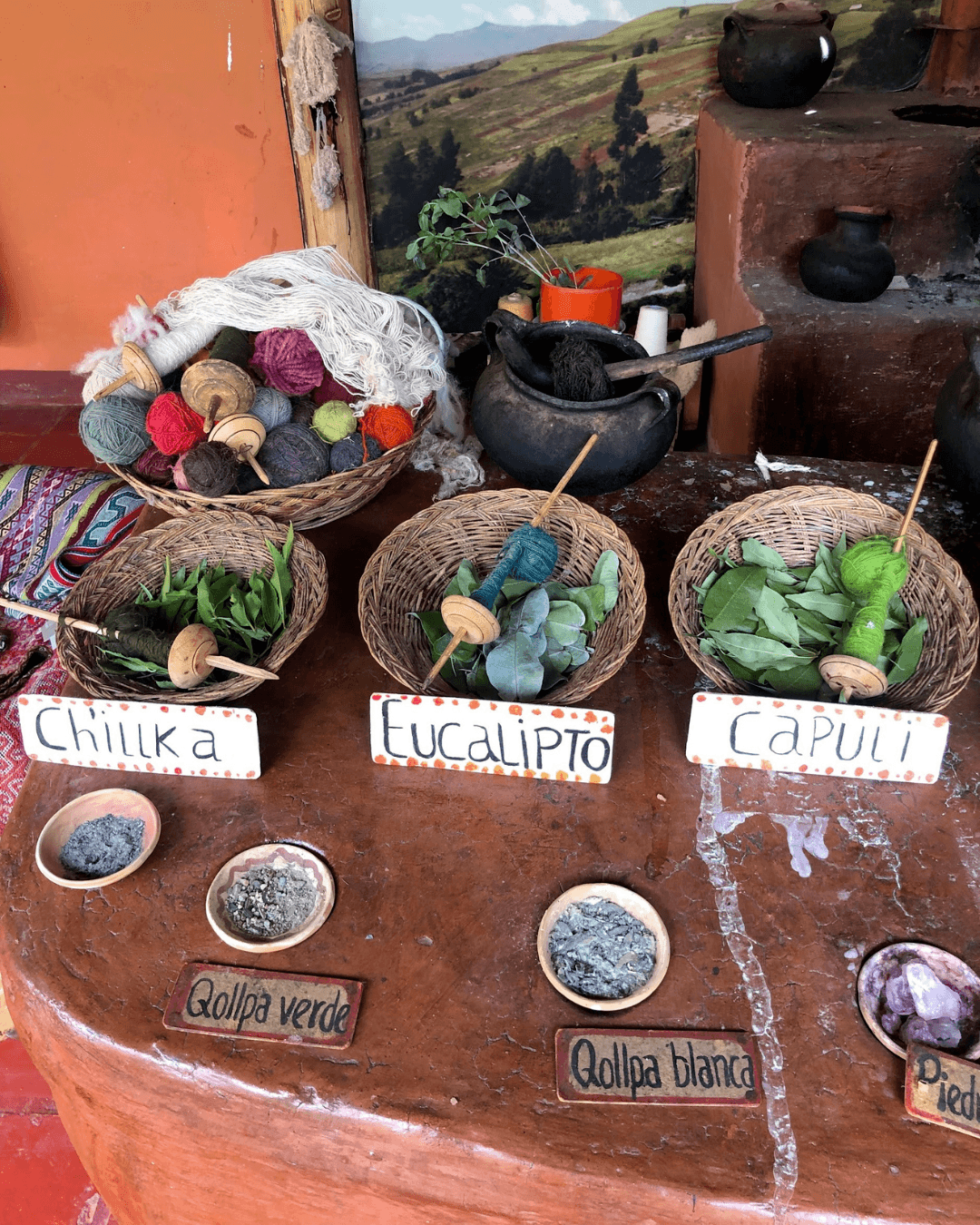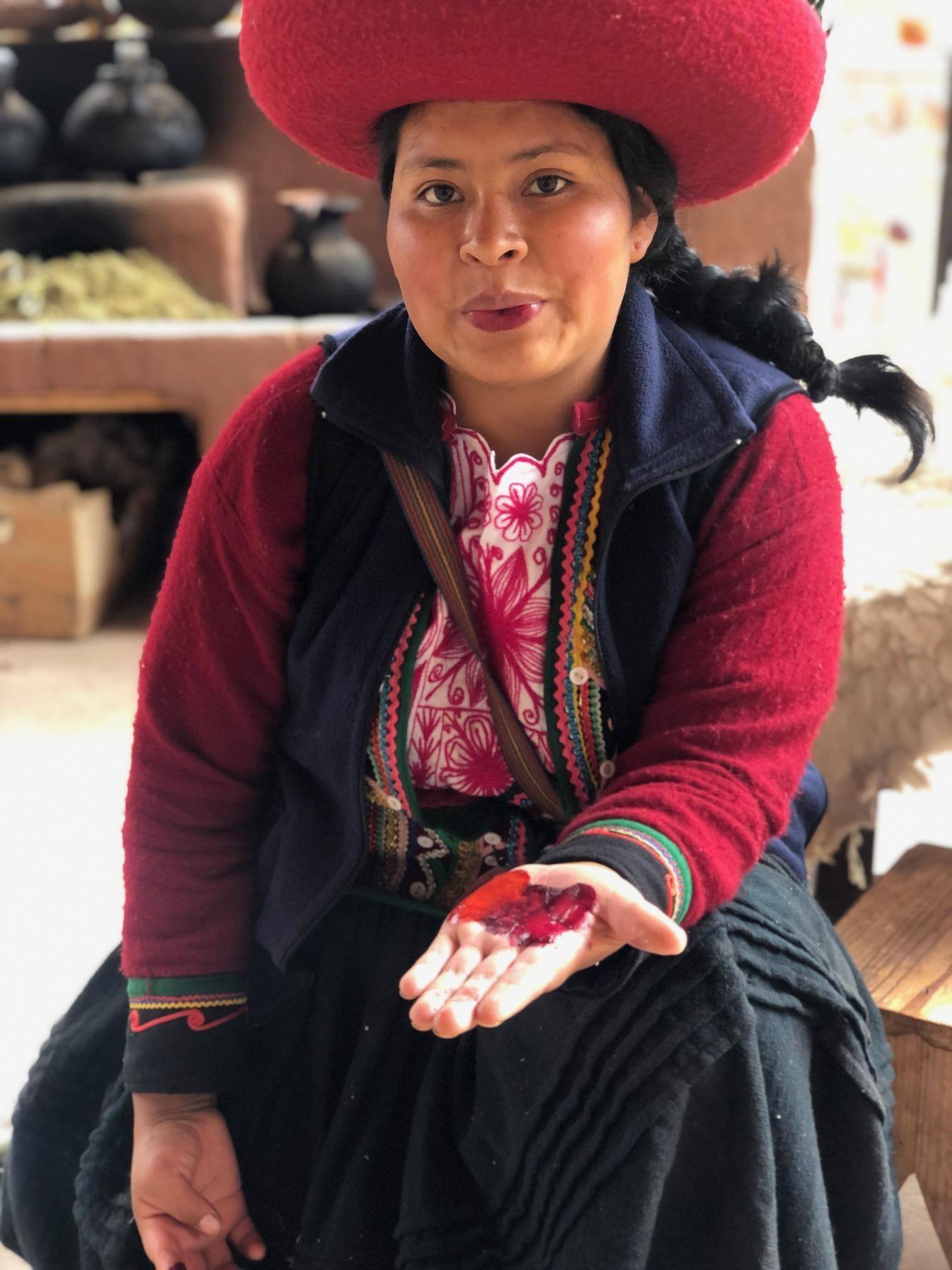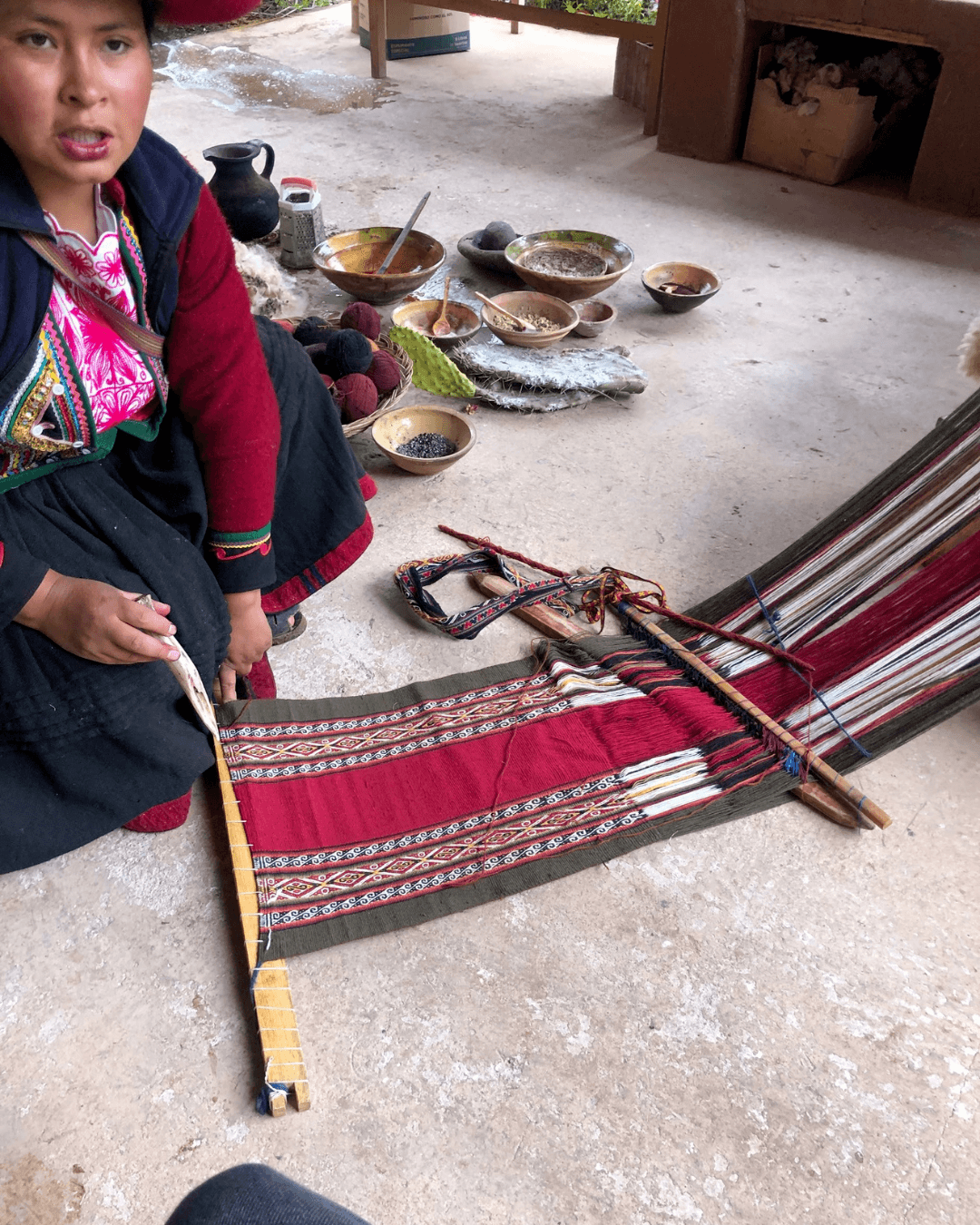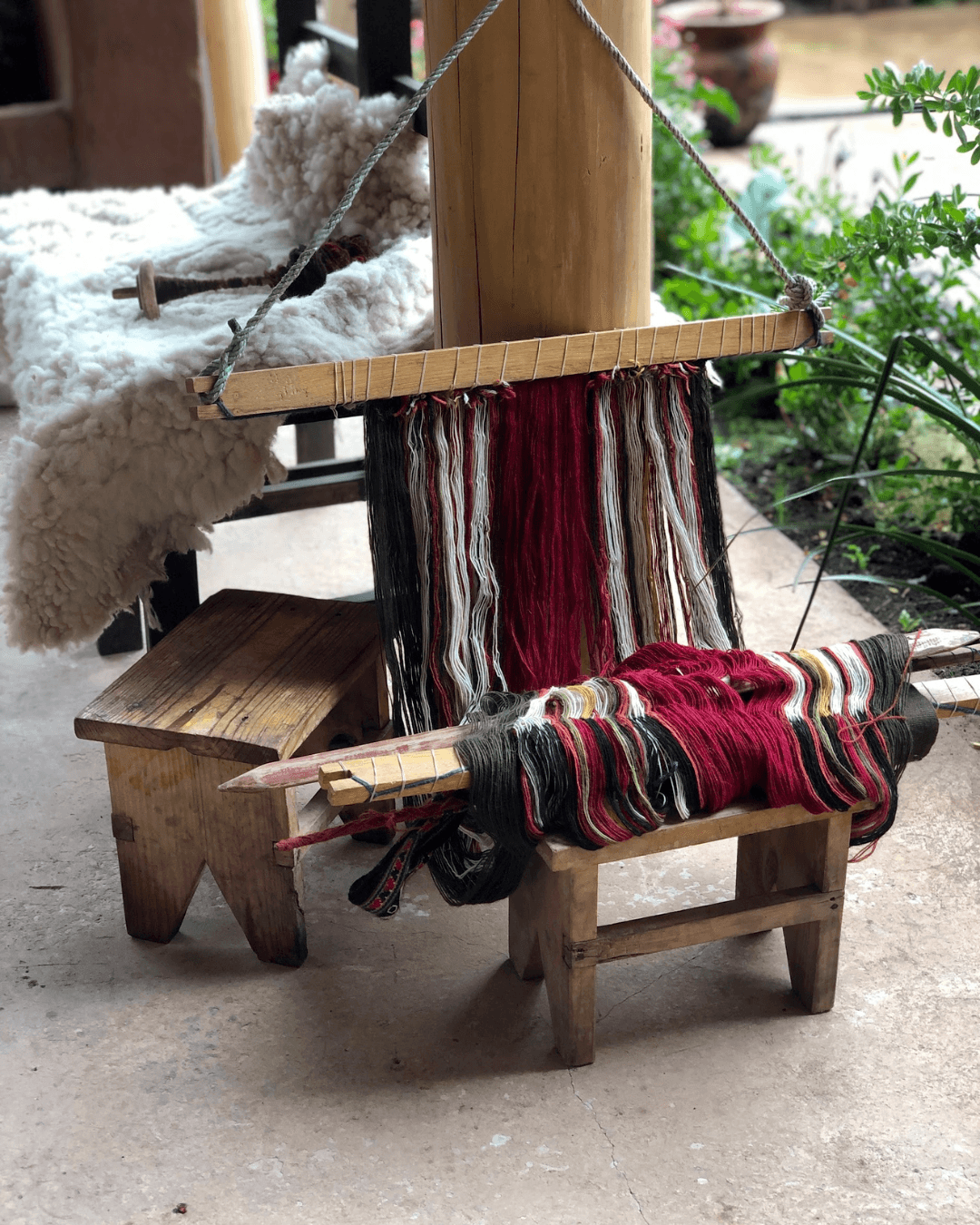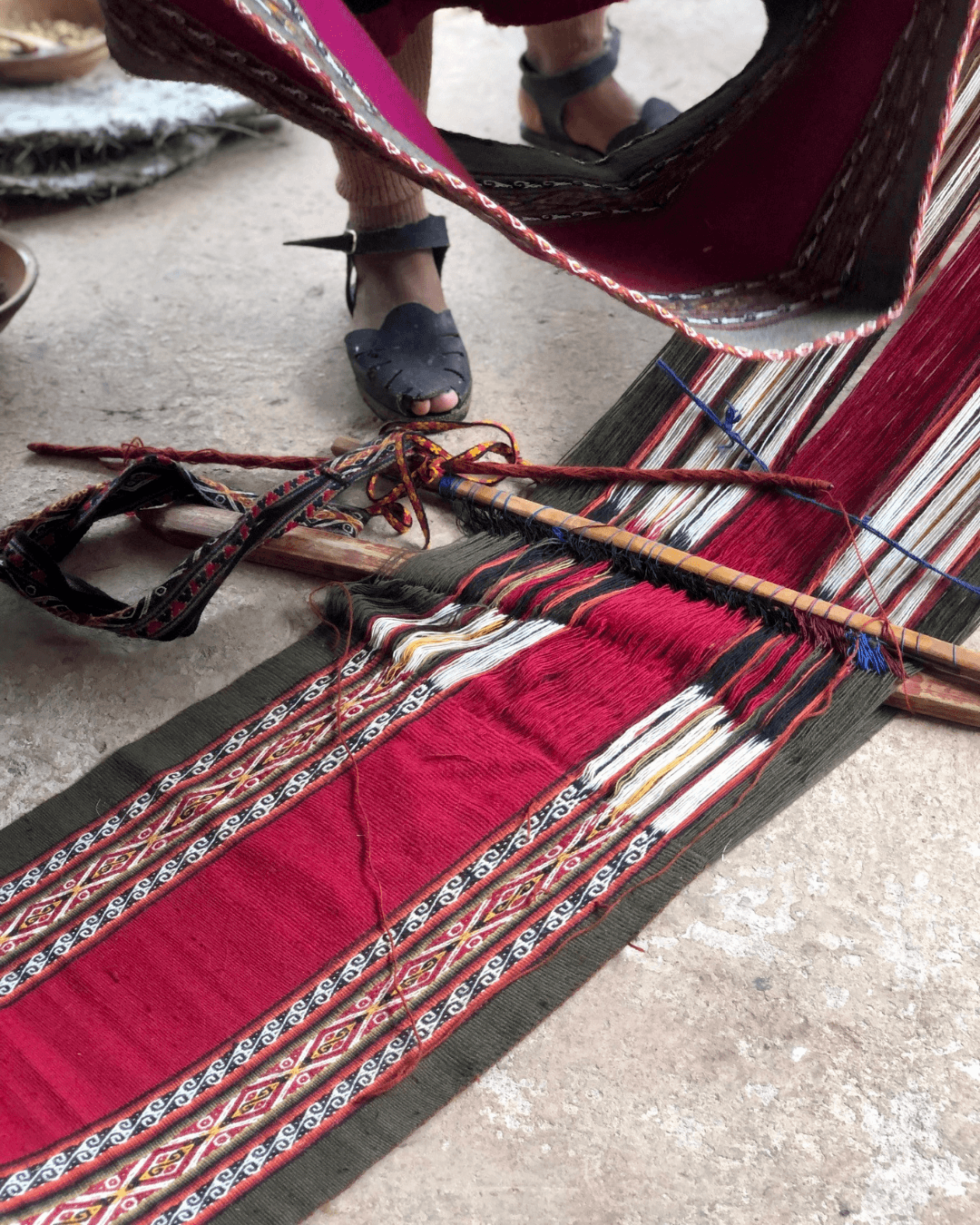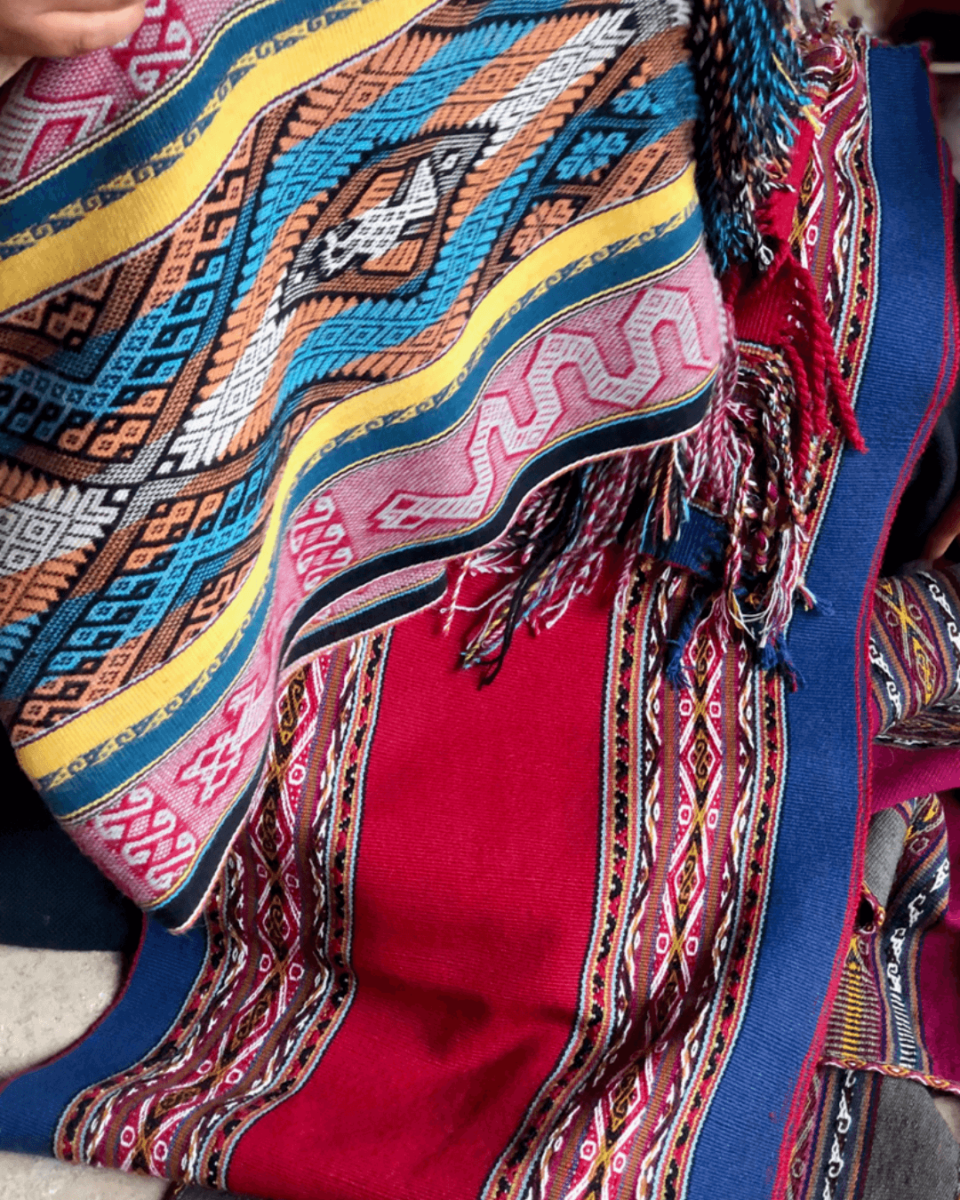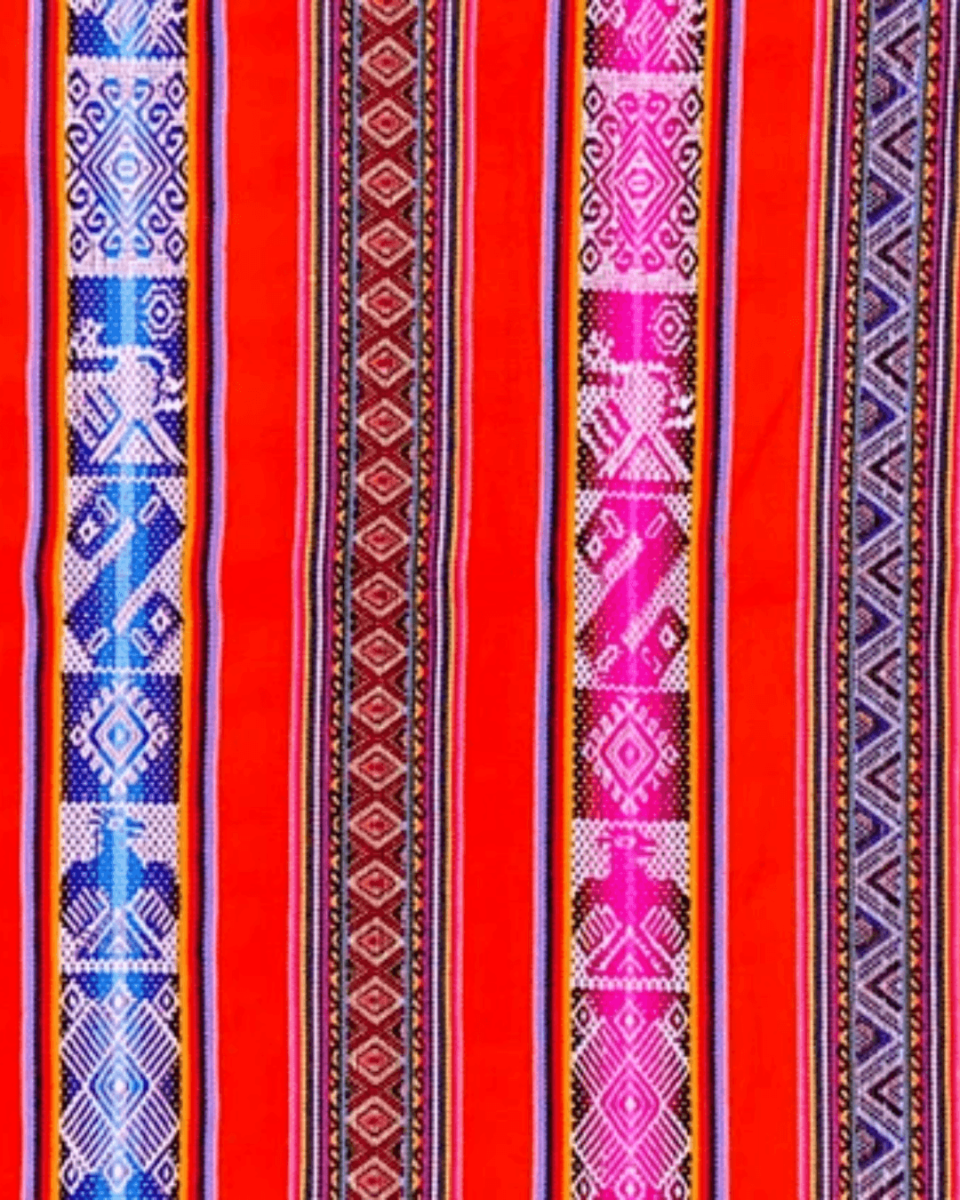At our Design Studio we can always rely on travel for inspiration, ideas and discoveries. Let us take you along with us to the Americas and draw your attention to the Peruvian Inca Empire which contributed considerably to the world’s textiles heritage.
The Incan Empire thrived from about 1250 to 1532 CE, stunning the world with knowledge in astronomy, engineering, architecture and other fields. They were particularly proud of their textiles and considered them a more valuable gift than gold – we often feel that way about textiles too! In fact, when the Spanish conquistadors arrived at their shores in the 16th century, they were welcomed by the Inca Empire emperor who showed off his wealth by giving the newcomers textiles.
Materials
The cloth was usually made from lowland materials like cotton. Incas inhabiting mostly highlands traded that from coastal people and Amazonian tribes. Wool was another common material sourced from locally grown llamas, alpacas and sometimes precious vicuna wool. From those materials, three types of cloth were made. The first type was coarse Chusi, used for sacks, blankets and rug making. The intermediate texture was Ahuasca, from alpaca and llama wool. Cumpi was the finest quality made from alpaca, llama wool and occasionally mixed with exotic materials such as bat hair, reserved for the higher classes and emperors.
Dyeing
Incas loved to use bright vivid colours in their textiles, which were derived from natural sources like plants and minerals. Shades of crimson-red dye, famously derived from a parasite cochineal living in cacti. The insect produces carmine acid, which can be extracted from its dried body and eggs. Once mixed with aluminium or calcium salts, the carmine can be used for dye. It is still used today as a food colourant and for cosmetics. Colours and tones had specific symbolic meanings. Black was considered a pure tone. Only animals with black fur were sacrificed to the gods. Red was associated with blood, conquest and rule. Purple was considered the first colour and was linked with Mama Ocllo – a mother and fertility goddess in Incan mythology.
Weaving
Incas were skilled weavers. They made most textiles by using backstrap weaving techniques. Here the weaver would strap the loom around their waist and back, tie another end to a wall, tree or wire and would start weaving. A majority of fabrics were woven with a twined yarn thread. Very often Incas further decorated the finished cloth with hand embroidery. The combination and varied nature of these techniques allowed them to achieve impactful results. They were able to express detailed patterns, human and animal figures and narrate daily life or mythological stories.
Patterns
Incas were highly evolved and knew geometry, physics, mathematics and spoke the Quechua language (which is still spoken today in the Andes). Curiously, they never had a written form of language. Their way to record their knowledge was largely through textiles. Quipus, a commonly used knot on threads helped them to count as well as note information. Distinct design motifs woven into textiles also served a similar role. Typical Inca textiles were called tocapus which had chequered layouts, filled with repetitive geometric patterns. Apart from preferred abstract geometric patterns, the Incas used other figurative motifs such as the divine trilogy: puma, condor and snake.
We hope you’ve enjoyed exploring Peruvian Inca textiles. See also our blog post: Travel Around with Us and see how we celebrate travel in our designs.

